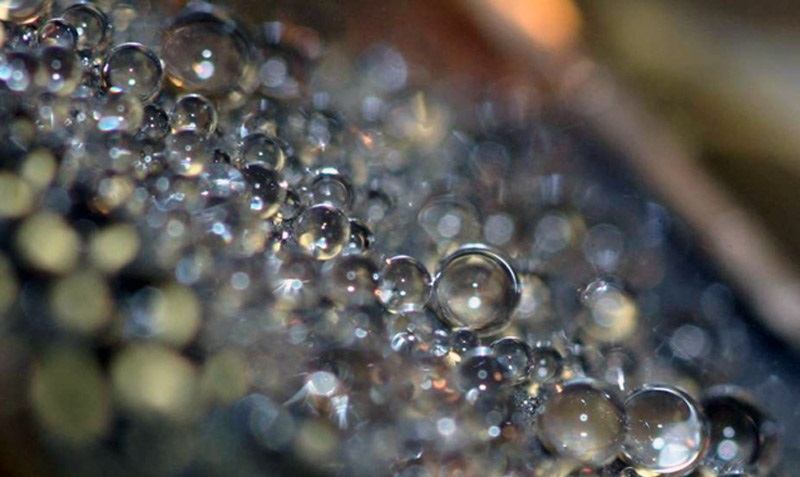December 20, 2019
by Andreea Sterea
Scientists in biomedical engineering and nanotechnology developed a non-stick coating material that can repel even the most dangerous viruses and antibiotic resistant bacteria.
What is the Non-Stick Coating that Can Repel Viruses and Bacteria?
This revolutionary plastic is a self-cleaning and enhanced form of conventional transparent wrap. Researchers at the McMaster University managed to develop this non-stick coating to prevent transfer of antibiotic-resistant bacteria in all possible settings.
Hospitals are the first that come to mind, as drug-resistant superbugs keep doctors on their toes. Nevertheless, this coating has numerous applications, from kitchens to the food packaging industry.
In the paper published in the journal ACS Nano, the science team explains how they developed this new non-stick coating. The surface, featuring a mix of nano-scale surface engineering and advanced chemistry draw its inspiration from the water-repellent lotus leaf. It features a texture presenting microscopic wrinkles that makes all external molecules bounce back, including bacteria.

Could We Keep Superbugs Away from Us with This Non-Stick Coating?
According to the scientists, yes, we could. They tested the material using two of the most challenging antibiotic resistant bacteria to date: MRSA and Pseudomonas. The results are more than encouraging, according to the science team. According to Tohid Didar, one of the two study authors,
“We can see this technology being used in all kinds of institutional and domestic settings. As the world confronts the crisis of anti-microbial resistance, we hope it will become an important part of the anti-bacterial toolbox.“
What Are The Applications of the Non-Stick Coating?
Since we could use this material to wrap onto railings, IV stands, door handles, and many other surfaces, the material’s future applications are wide. We could use it to package food to avoid the accidental transfer of E. coli, salmonella or listeria from raw meats. Being self-cleaning and non-sticking, the material could end up as common practice in all food packaging departments, all health-centered environments, and even in our homes.
The greatest advantage of the non-stick coating is that it is flexible, durable and cheap to produce. In a world progressively worried about drug-resistant bacteria and viruses, this new material is a true source for hope.
Want more science now?
Check out our news page where we post interesting studies and discussions (sometimes mocking them mercilessly) for more.
